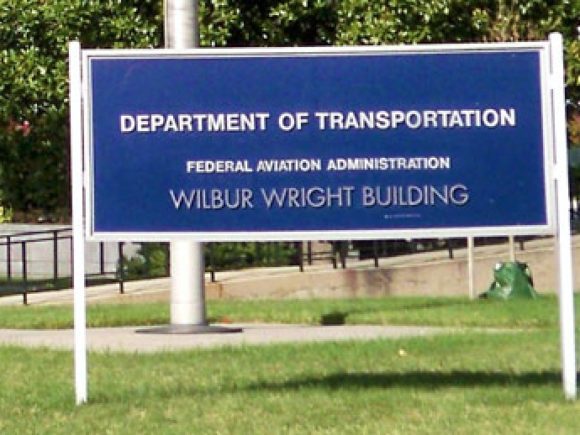Airbus currently has an advantage over Boeing in the narrow-body market, as shown in the table below:
The A321neo and A321LR are outselling the 737MAX10 by a wide margin, as they are more capable airplanes. Boeing, still recovering from the 787, and with the 777X and NMA, does not plan a new narrow-body aircraft until 2030. Airbus, which has both the cash and engineers to develop a new program, should it desire to do so, faces an interesting opportunity to lock up more of the narrow-body market.
The narrow-body line-up today looks like this:
What if Airbus were to launch a larger narrow-body variant, an A322, and A323 to take the top of the narrow-body market, at 205 and 225 seats in three class configurations? Those new aircraft would compete effectively with the Boeing NMA and provide a natural growth path at the lower end of that market. By acting now, Airbus could have those aircraft in service by ~2025, providing them a market advantage over Boeing at the top end of the narrow-body range, since the MAX10 stretches the 737 as far as feasible.
Airbus also has an opportunity to increase the pressure on Boeing through a new variant of the C Series. The Boeing MAX program depends on the 737 MAX8, which accounts for about 85% of all MAX sales. At 162 seats, its advantage over the A320neo is its additional 12 seats. Airbus has a potential ace in the hole in the C Series, specifically a 160-165 seat CS500. That aircraft would be about the same size as an MD-90, with 5 abreast seating, and provide stiff competition to the 737 MAX8, particularly in terms of economics and comfort.
Of course, with the current A320neo outselling the 737 MAX8, there is no need for another offering. But providing an upward path for smaller operators could provide incremental sales and place additional pressure on Boeing’s best selling model.
If Airbus proceeded with a low-risk strategy for the narrow-body market, with the larger variants based on the A321 and offered both the A320 and CS500 in the mid-range, airlines could have upward or downward fleet compatibility, depending on their current fleets, or operate both types.
We believe this could negatively impact the MAX program and force Boeing to move up its 737 replacement decision before they are financially or technologically ready to do so.
If Airbus pursues such an aggressive strategy, the market in 2025 might look like this:
The Middle of the Market
The Boeing NMA is aimed at the 220-250 seat market and is currently configured as a small wide-body. With the A322-A323 competing at the low end, and the A330-800 at the high end at 253 seats, Airbus could effectively bracket the NMA with lower cost alternatives, making the NMA business case quite dubious.
The Bottom Line
Boeing, before the 787 debacle, had a strategy for three new platforms that could have provided a strategic advantage over Airbus. But the 787 cost overruns prevented both the financing and timing for a 737 replacement, resulting in the MAX instead and a 777 replacement, resulting in the 777X instead. Today, the situation is reversed, and Airbus has an opportunity to take a technological lead over Boeing and negatively impact the NMA strategy.
The question is whether Airbus will move forward decisively under new management in 2018 to change the competitive balance in the marketplace. Were we in Airbus’ shoes, we would aggressively try to capture additional share and force Boeing into a premature replacement of the MAX when the can’t afford to do so.







